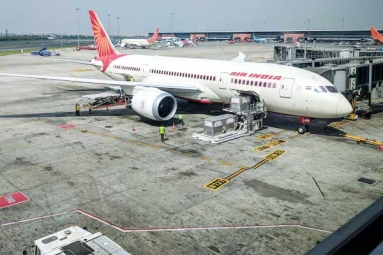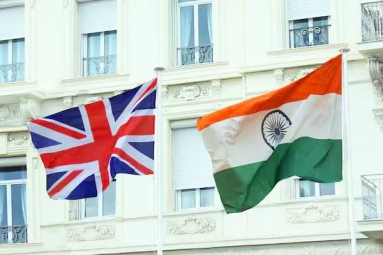
(Image source from: Moneycontrol.com)
The black box components retrieved from the wreckage of Air India Flight AI-171, which tragically crashed just 36 seconds post-takeoff from Ahmedabad on June 12, resulting in the loss of 274 lives, including 33 on the ground, have suffered damage. Sources in the aviation sector informed NDTV that one of the black boxes exhibits more severe damage than the other, likely due to having fallen during or after the incident. Both the Digital Flight Data Recorder (DFDR) and the Cockpit Voice Recorder (CVR), commonly known as the "black boxes," are currently being held securely under the oversight of the Aircraft Accident Investigation Bureau (AAIB). Investigators revealed that an initial assessment indicates external damage, and mishandling this could jeopardize the integrity of the data contained within.
Two black box units have been found; however, one is in worse condition than the other. A decision regarding their fate is expected to be made soon. Possible options under review include sending the black boxes to a facility operated by HAL in Lucknow, to the NTSB in the U.S., to the Civil Aviation Authority in the U.K., or to Singapore. One unit has suffered defects on its outer shell due to impacts. The data contained in both the DFDR and CVR is stored in binary format and requires conversion to an engineering format before it can be accessed. The analysis of this data will be critical to producing the crash report.
It is still uncertain whether an initial report or a conclusive one will be released. Investigators are hesitant to open the compromised black box because of the state of its exterior. There may be a chance to recover data from the second, intact unit within India. The Directorate General of Civil Aviation (DGCA), the regulatory authority for aviation in India, has increased random surveillance of pertinent flights while the investigation proceeds. The inquiry will also involve examining debris and material samples from the runway surface while ensuring that sabotage is ruled out. Sources involved in the AI-171 incident remarked, "This presents a mystery."
The black box from the ill-fated Air India flight was successfully retrieved on Monday, 28 hours after the crash. Although colloquially referred to as "black boxes," these devices are actually bright orange to facilitate their location amid wreckage. The Cockpit Voice Recorder (CVR) can record up to 25 hours of cockpit communications, ambient noise, transmissions with air traffic control, and alerts in newer aircraft. However, since AI-171 was operating a Boeing 787 that was delivered in 2014, prior to the 2021 regulation mandating 25-hour CVR recordings, it likely had a capacity limited to two hours. Conversely, the Flight Data Recorder (FDR) tracks numerous parameters, including altitude, airspeed, heading, vertical acceleration, and movements of control surfaces. In advanced models such as the 787-8, FDRs are capable of simultaneously recording thousands of parameters and can loop for periods exceeding 25 hours.
The Boeing 787-8 Dreamliner, registered as VT-ANB, took off from Sardar Vallabhbhai Patel International Airport in Ahmedabad at 1:39 PM on June 12 with its destination set for London Gatwick. Just moments into the flight, the flight crew issued a distress signal indicating a loss of thrust. Following this, communication was lost. Shortly afterwards, the plane, which had 242 individuals onboard, crashed in a residential zone close to Meghani Nagar, situated near the airport's northeast boundary. The impact sparked a fire, which caused significant damage to a nearby medical college hostel and resulted in the deaths of 33 people on the ground. The only survivor, a British-Indian man seated in seat 11A, was ejected from the debris.









